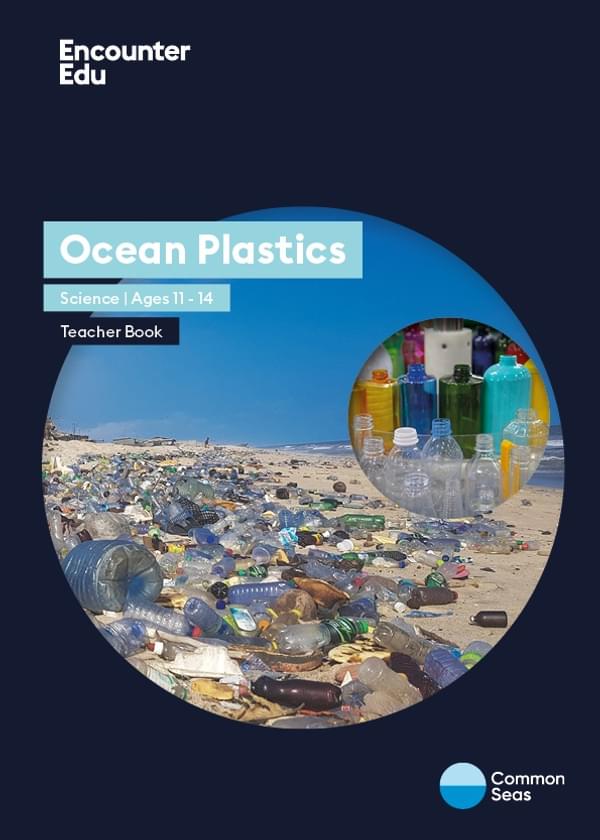Plastic properties investigations

Plastic is a versatile material with useful properties. This is why it is used for products in a range of industries from aviation to medicine. Students test plastic against other materials to understand why it is found everywhere.
Part of:
Common Seas Ocean Plastics AcademyIn this activity students will discover how to design and carry out their own investigation into the properties of plastics. Specifically, comparing plastic against other materials testing insulation and strength properties.
Activity steps
Insulation investigation
- Collect 3 250ml beakers
- Wrap one in plastic, one in paper, and leave one uncovered
- Add 100ml of hot water to each beaker
- Measure the starting temperature
- Measure the temperature every 2 minutes for 10 minutes
- Calculate the change in temperature between the first and last reading
Strength investigation
- Collect paper and plastic materials
- Weigh the materials so you have the same mass of both (in grams)
- Build two identical bridges between two tables
- Fix the hook of the weight to the bridge
- Add 10g at a time until the bridge collapses
- Record the weight which causes the bridge to collapse
Safety and guidance
For those conducting the insulation investigation, do not give students water hotter than 43 degrees Celsius. This can be achieved by boiling water in advance and allowing it to cool to the appropriate temperature, or by asking technicians to bring the correct temperature water to the class when needed.


Science | Ages 11-14
Ocean Plastics
Ocean Plastics Science ages 11-14 unit is a KS3 teacher resource combining both biology and chemistry. Students discover the journey plastic takes from manufacture, use, and disposal into the ocean. Included are teacher resources that allow students to emulate real research conducted by The University of Plymouth.